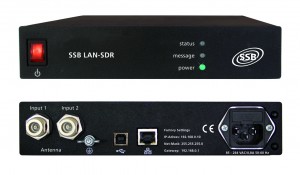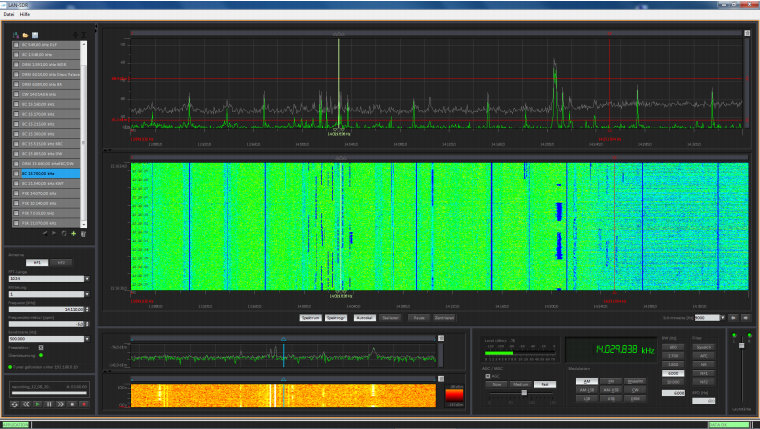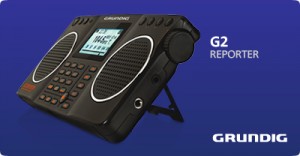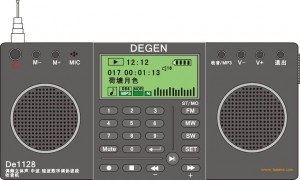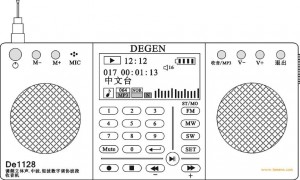 Silicon Labs, a manufacture of DSP (Digital Signal Processing) chips that are in many of the shortwave radios we feature here on SWLing.com, is now taking their technology to car radios. They have announced the Si476x chip family which features AM/FM, longwave, shortwave (SW), NOAA weather band, FM RDS decoding and AM/FM HD Radio reception.
Silicon Labs, a manufacture of DSP (Digital Signal Processing) chips that are in many of the shortwave radios we feature here on SWLing.com, is now taking their technology to car radios. They have announced the Si476x chip family which features AM/FM, longwave, shortwave (SW), NOAA weather band, FM RDS decoding and AM/FM HD Radio reception.
To my knowledge, this is the first time in years that shortwave has been strategically implemented in a car radio product.
Read their full press release below:
(Source: SiLabs Press release via Kim Elliott)
AUSTIN, Texas–(BUSINESS WIRE)–Silicon Laboratories Inc. (NASDAQ: SLAB), a leader in high-performance, analog-intensive, mixed-signal ICs, today introduced the industry’s most advanced automotive tuner IC family designed to deliver the highest RF performance coupled with advanced signal processing while reducing the cost and complexity of car radio systems. Offering superior price/performance for the global car radio market, the new Si476x tuner family provides a best-in-class multiband receiver solution for automotive infotainment head-units and AM/FM car radios from all classes of providers ranging from Tier 1 suppliers to aftermarket car radio makers.
According to J.D. Power and Associates, the global automotive market is expected to exceed 76 million light-vehicle unit shipments this year. The car radio technology deployed in these vehicles is evolving rapidly as innovations in communication technology proliferate in the automotive infotainment market. The basic car radio has been transformed into a sophisticated infotainment system that includes multiple tuners to deliver FM phase diversity reception, receive radio data system (RDS) data for info-navigation systems, support AM/FM HD Radio technology and provide detailed station quality metrics for living lists of broadcast content. These strenuous broadcast performance demands require advanced silicon innovations to enable a superior in-vehicle audio experience.
Silicon Labs developed the Si476x receiver family to address these major automotive industry trends. The Si476x receivers leverage Silicon Labs’ patented digital low-IF technology and combine most of the traditional external bill of materials into a highly integrated, single-chip CMOS solution. The receivers provide unprecedented flexibility, offering a modular architecture that supports scalable multi-tuner designs. The Si476x supports all worldwide broadcast radio bands including AM/FM, college FM, longwave (LW), shortwave (SW), NOAA weather band, unparalleled FM RDS decoding and AM/FM HD Radio reception. iBiquity Digital Corporation, the developer of HD Radio technology, has certified the Si476x family to provide AM/FM HD Radio tuner outputs and reception with compatible HD Radio demodulator ICs.
“The introduction of the Si476x tuner family represents a major new product offering from a world leader in RF products and a global player in the HD Radio market,” said Jeff Jury, chief operating officer of iBiquity. “Automakers are continuing to embrace HD Radio technology, with more than 20 automotive brands to date announcing the technology as a factory-installed infotainment feature. The Si476x family offers a compelling new solution for this market.”
The Si476x family represents the automotive industry’s first viable receiver alternative to enable developers to pair a best-in-class tuner IC with the optimal choice of audio digital signal processors (DSPs) to create highly cost-effective back-end audio processing designs. Silicon Labs has worked with leading silicon providers such as Cirrus Logic and Freescale Semiconductor to deliver comprehensive audio system solutions that break the expensive partitioning approach required by current car audio solutions.
“The combination of Cirrus Logic’s broad portfolio of audio ICs and Silicon Labs’ Si476x radio ICs provides automotive OEMs with a very powerful platform for building highly differentiated in-car entertainment products,” said Carl Alberty, director of marketing for audio products at Cirrus Logic. “By working closely with Silicon Labs, we have developed an optimized car radio platform that delivers best-in-class audio and RF technology, enabling our customers to build outstanding products.”
The superior linearity of the Si476x tuner’s integrated RF front-end, combined with a high-performance on-chip radio DSP and microcontroller, delivers outstanding RF dynamic range and immunity to multi-path fading. With this innovative architecture, the Si476x family raises the bar for such key features as selectivity, sensitivity, IMD3 break-in, desensitization, noise blanking, weak signal processing, dynamic channel bandwidth control and advanced dual-tuner FM phase diversity reception.
“The Si476x family not only delivers superior radio reception performance at the best system cost, it also provides unprecedented flexibility in audio processing solutions for car radio designs,” said Diwakar Vishakhadatta, general manager of Silicon Labs’ broadcast audio products. “With the introduction of the Si476x family, automotive developers are no longer locked into using more expensive bundled audio/radio solutions that may not address the audio processing requirements of their infotainment platforms.”
Pricing and Availability
Samples and production quantities of the Si476x car radio tuner ICs are available now in a compact 6 mm x 6 mm 40-pin QFN package. Pricing for automotive-grade Si476x tuner ICs begins at $11.62 (USD) in 10,000-unit quantities. The Si4763LNA-A-EVB and Si4767PD-A-EVB evaluation boards are available to automotive customers for $450 (USD).
The Si476x family, the latest addition to Silicon Labs’ portfolio of automotive-grade radio tuners, complements the company’s popular Si474x and Si475x tuner families, which target cost-sensitive entry- and mid-level radio designs. The Si476x family addresses premium-grade, performance-intensive automotive radio and head-unit requirements. For additional Si476x product information, please visit www.silabs.com/pr/automotive-tuner.
Silicon Laboratories Inc.
Silicon Laboratories is an industry leader in the innovation of high-performance, analog-intensive, mixed-signal ICs. Developed by a world-class engineering team with unsurpassed expertise in mixed-signal design, Silicon Labs’ diverse portfolio of patented semiconductor solutions offers customers significant advantages in performance, size and power consumption. For more information about Silicon Labs, please visit www.silabs.com.

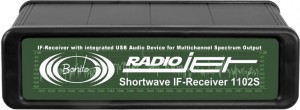

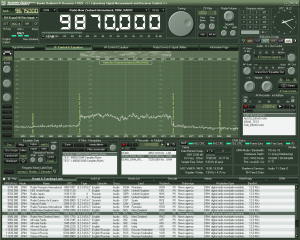
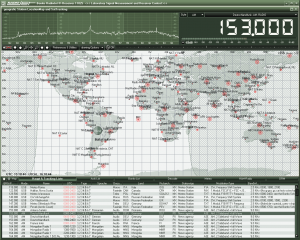
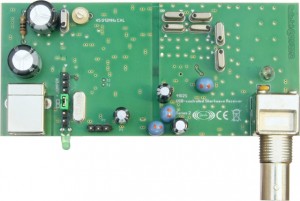
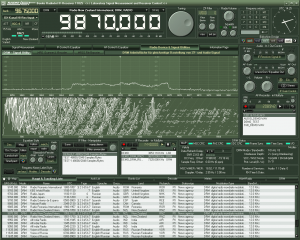
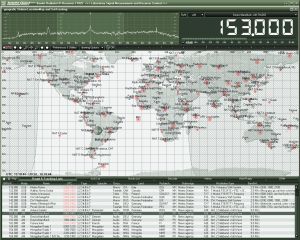
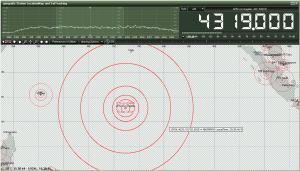
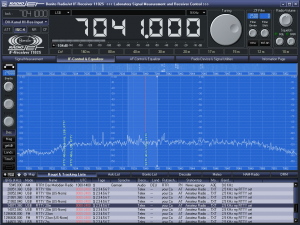
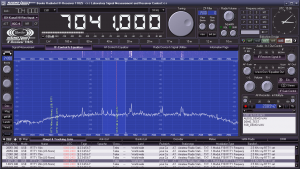
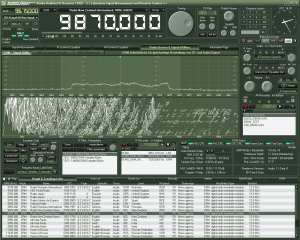
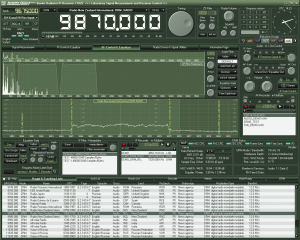
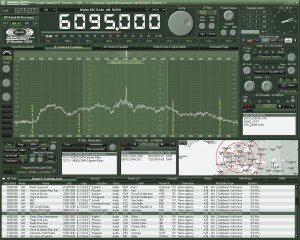

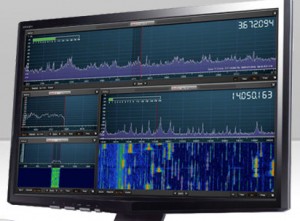 One of the major complaints I hear regarding the benchmark
One of the major complaints I hear regarding the benchmark 